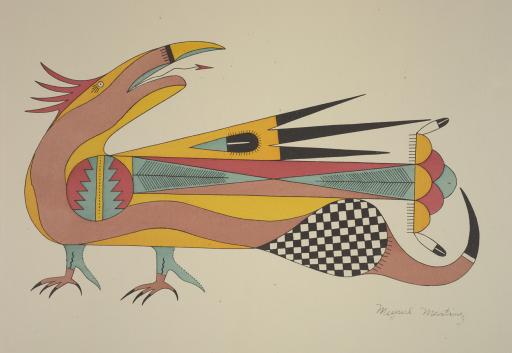Macaw, Miguel Martinez; C. Szwedzicki
Artwork Overview
Miguel Martinez, artist
born 1951
C. Szwedzicki, publisher
active 1929–1952
Macaw,
1932
Portfolio/Series title: Pueblo Indian Painting Portfolio
Where object was made: United States
Material/technique: pochoir
Dimensions:
Image Dimensions Height/Width (Height x Width): 154 x 263 mm
Image Dimensions Height/Width (Height x Width): 6 1/16 x 10 3/8 in
Sheet/Paper Dimensions (Height x Width): 373 x 487 mm
Sheet/Paper Dimensions (Height x Width): 14 11/16 x 19 3/16 in
Image Dimensions Height/Width (Height x Width): 154 x 263 mm
Image Dimensions Height/Width (Height x Width): 6 1/16 x 10 3/8 in
Sheet/Paper Dimensions (Height x Width): 373 x 487 mm
Sheet/Paper Dimensions (Height x Width): 14 11/16 x 19 3/16 in
Credit line: Transfer from Library
Accession number: 1987.0241
Not on display
If you wish to reproduce this image, please submit an image request


